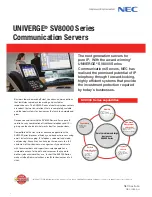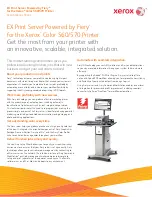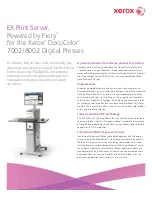
Bounce
Will make the reading “bounce” by a number. For example:
0.1, O2 will bounce from 20.9 to 20.8 and 21. Set at 0 (zero)
will have no bounce.
Bounce
Interval
How often the reading will bounce. For example, 2 will bounce
every 2 seconds.
Note: If Bounce is set to 0.0, Bounce Interval will not show up.
You must first enter a Bounce number, save and close the meter
set, then when you return to that meter set Bounce Interval will be
available to customize.
Norm Value
Normal value. Will go back to this value when “norm” button is
selected.
Increment
Increment by which the readings will increase/decrease when
>
is selected.
Jump
Increment
Increment by which the readings will increase/decrease when
>>
is selected.
Min Value
Minimum value that will appear on the HazSim.
A negative reading can be programmed to demonstrate a bad
zeroing / fresh air calculation.
Max Value
Maximum value that will appear on the HazSim.
Figure 19: Definitions for creating a meter.
Note to instructors: You can use uneven increment/jump increment values to make your
readings more realistic. For example, an increment of 6 ppm and a jump increment of 15 ppm
for CO or an increment of 7 ppm and a jump increment of 75 ppm for a PID.
4.2.4 Exponential Meter Edit
An exponential meter is used for radiation detector simulation and allows for auto scale
units. When setting up an exponential meter, it should be established with multiple units,
representing the threshold change every power of 10 (i.e.10^3 group). For instance, if
these were for measuring distance, you would set the units up as mm, m, km for
millimeters, meters, and kilometers. When you set the units, be sure to use a comma
separated list with the smallest unit representing the minimum unit first (go from smallest
to highest).
When setting up a radiation meter, set the units as uR, mR, R (can also edit for Sieverts as
long as there is a comma between each unit). When the meter crosses the 10^3 threshold
the units will change (i.e. auto scale) similar to an actual detector.
14













































